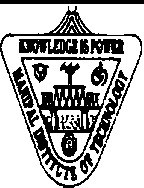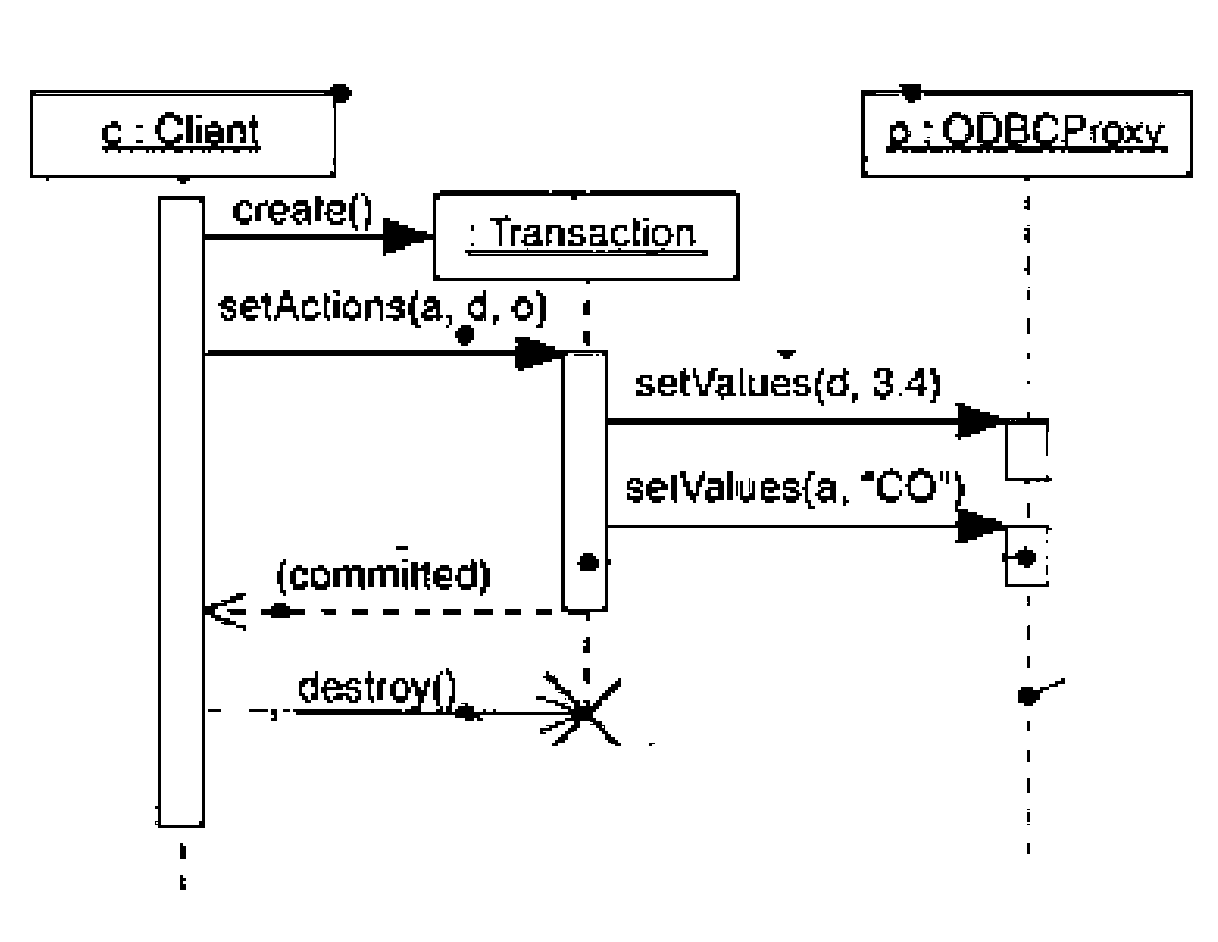Manipal University 2009 B.E Computer Science and Engineering University: ; : ; Title of the : Object Oriented System Development using UML (/ ) - Question Paper
MANIPAL INSTITUTE OF TECHNOLOGY
(A Constituent Institute of Manipal University)
MANIPAL-576104
Object Oriented System Development using UML
VII Sem-NOV-DEC-2009
ans any five full ques.
Duration: three Hours Max Marks: 50
Summary: This is a regular term ques. paper of year 2009 of Object Oriented System Development using UML subject and it will help the students expertise on the subject and will add to their knowledge.
Object Oriented System Development using UML VII Sem-NOV-DEC-2009 Answer any 5 full Questions


Duration: 3 Hours Max Marks: 50
IA. Write short notes on various views in UML(2)
IB. Explain Generalization, Includes and Extends Relationships among use cases (3)
IC. What is a Sequence Diagram?(1) Explain the following terms with respect to Sequence Diagram with help of an example(give UML Notations)
i. Parallel execution (1)
ii. Loop (iterative) execution(1)
iii. Optional execution (1)
iv. Conditional execution (1)
2A. Compare Booch, Rambaugh and Jacobson Methods (3)
2B. Write a short note Design Patterns. Explain any three Design Patterns with help of Diagrams (2+3)
2C. Write a short on Layered Approach to Software Development ( 2)
3A. Explain Unified Approach (5)
3B. Draw an Activity Diagram for the following case-(5)
The attorney general's office has requested us to develop a Judiciary Information System (JIS), to help handle court cases and also to make the past court cases easily accessible to the lawyers and judges. For each court case, the name of the defendant, defendant's address, the crime type (e.g. theft, arson, etc.), when committed (date), where committed (location), name of the arresting officer, and the date of the arrest are entered by the court register. Each court case is identified by a unique case identification number (CIN) which is generated by the computer. The registrar assigns a date of hearing for each case. For this the registrar expects the computer to display the vacant slots on any working day during which the case can be scheduled. Each time a case is adjourned, the reason
for adjournment is entered by the registrar and he assigns a new hearing date. If hearing takes place on any day for a case, the registrar enters the summary of the court proceedings and assigns a new hearing date. Also, on completion of a court case, the summary of the judgement is recorded and the case is closed but the details of the case are maintained for future reference. Other date maintained about a case includes the name of the presiding judge, the public prosecutor, the starting date, and the expected completion date of a trial. The judges should be able to browse through the old cases for guidance on their judgement. The lawyers should also be permitted to browse old cases, but should be charged for each old case they browse. Using the JIS software, the Registrar of the court should be able to query the following:
The currently pending court cases
In response to this, query, the computer should print out the pending cases sorted by CIN. For each pending case, the following data should be listed: the date in which the case started, the defendant's name, address, crime details, the lawyer's name, the public prosecutors name, and the attending judges name.
The cases that have been resolved over any given period
The output in this case should be chronologically list the starting date of the case, the CI, the date on which the judgement was delivered, the name of the attending judge, and the judgement summary.
The cases that are coming up for hearing on a particular date.
The status of any particular case (cases are identified by CIN),
The lawyers and the judges need to refer to the past court cases. The lawyers need to refer these to prepare for their line of arguments. The judges need to refer the past court cases to examine the lines of judgements given previously to similar cases. It should be possible to search for the history of past court cases by entering key words. However, the lawyers should be charged for each time they see the details of a court case to recover some of the computerization costs. For this purpose, it is necessary to provide separate login accounts to the JIS software and they trace of how many court cases each lawyer's views. The registrar should be able to create login accounts for the different users
(i.e judges, lawyers, etc.) and should be able to delete these accounts.
4A. Draw an Use-Case Diagram for the following case: (5)
Restaurant Automation System (RAS): a restaurant owner wants to computerize his order processing, billing and accounting activities. He also expects the computer to generate statistical report about sales of different items. A major goal of this computerization is to make supply ordering more accurate so that the problems of excess inventory is avoided as well as the problem of non-availability of ingredients required to satisfy order for some popular items is maintained. The computer should maintain the prices of all the items and also support changing the prices by the manager. Whenever any item is sold, the sales clerk would enter the item code and the quantity sold. The computer should generate bills whenever food items are sold. Whenever ingredients are issued for preparation of food items, the data is to be entered into the computer. Purchase orders are generated on a daily basis, whenever the stock for any ingredient falls below a threshold values. The computer should calculate the threshold value for each item based on the average consumption of this ingredient for the past three days and assuming that a minimum of two days stock must be maintained for all ingredients. Whenever the ordered ingredients arrive, the invoice data regarding the quantity and price is entered. If
sufficient cash balance is available, the computer should print cheques immediately against invoice. Monthly sales receipt and expenses data should be generated whenever the manager would request to see them.
4B. Briefly explain Iterative Development and Continuous Testing (1)
4C. Explain
i. Corollary 2 (1)
ii. Corollary 3 (1)
iii. Corollary 4 (1)
iv. Corollary 5 (1)
5A. Explain
i. Abstraction
1)
1)
1)
1)
ii. Encapsulation
iii. Inheritance
iv. Polymorphism
v. Interfaces (1)
5B. Explain
i. Noun Phrase Approach (1)
ii. Common Class Patterns Approach(3)
iii. Use case driven, Sequence/Collaboration Modeling Approach(1)
6A. Explain the various components of the Sequence Diagram and convert it into Collaboration Diagram (10)
following
equivalent
 |
|
6B. With help of examples related to class diagrams i. Dependency (1) ii. Generalisation (1) iii. Association (1) |
explain the following terms
6C. Explain the following (2)
i. Horizontal Prototype
ii. Vertical Prototype
iii. Analysis Prototype
iv. Domain Prototype
4/4
|
Attachment: |
| Earning: Approval pending. |
